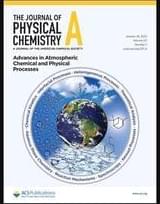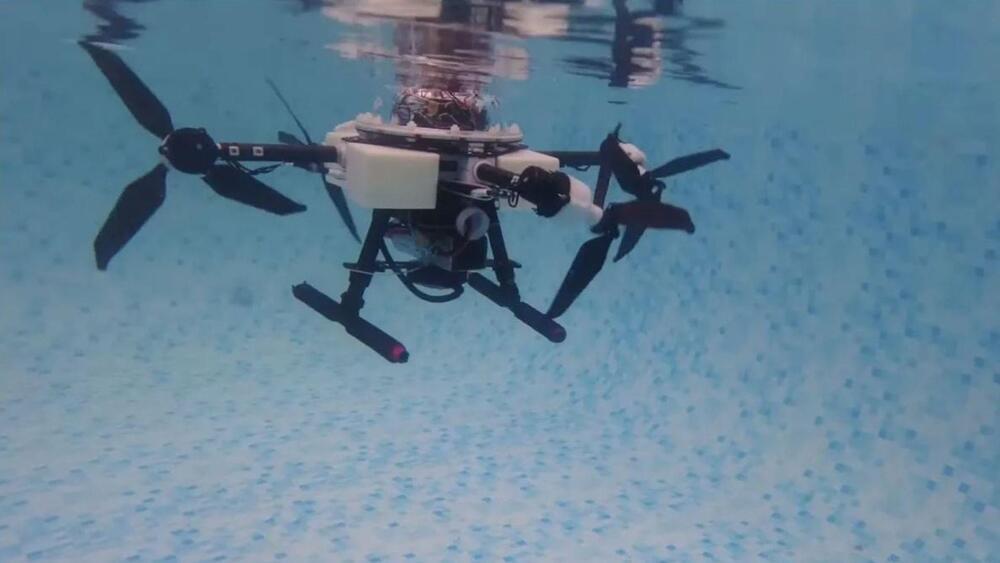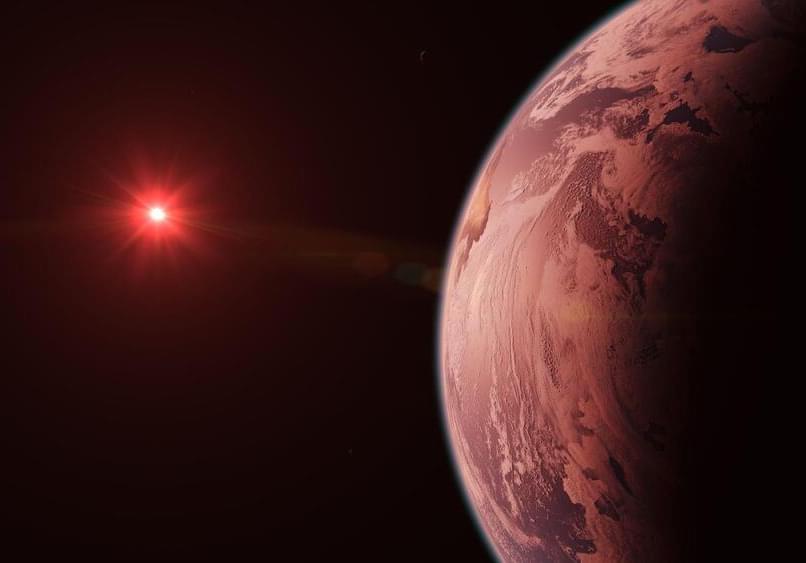Most of those at risk reside in just four countries.
15 million people are at risk of floods caused by glacial lakes, with more than half of those exposed living in just four countries, according to a press release.
Which countries are most vulnerable to glacial flooding?
Getty Images.
Critically, the most vulnerable regions are neither those with the most lakes nor those expanding most quickly. Instead, it’s the size of the population, how close people are to a glacial lake, and, most significantly, how well-prepared they are for a flood that determines how dangerous the somewhat overlooked natural hazard is.







